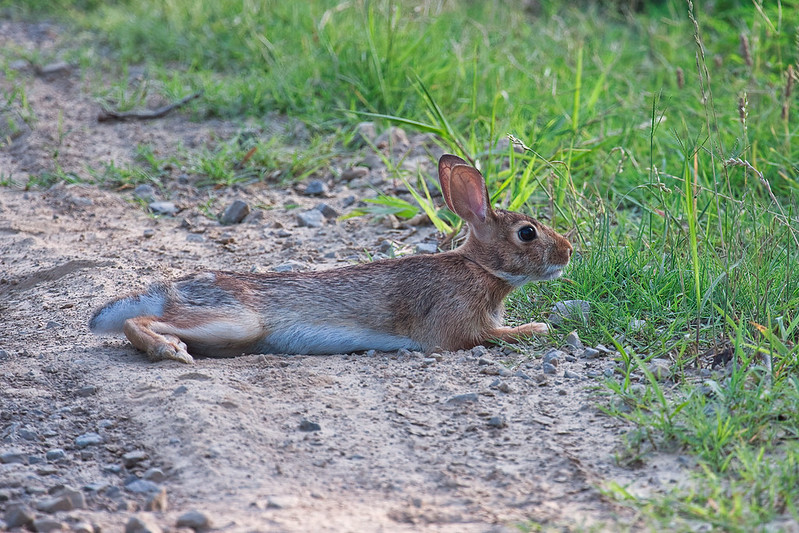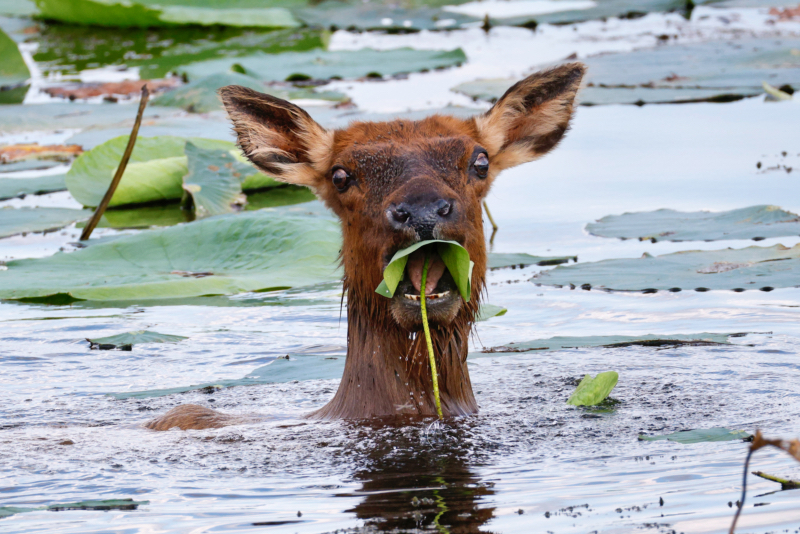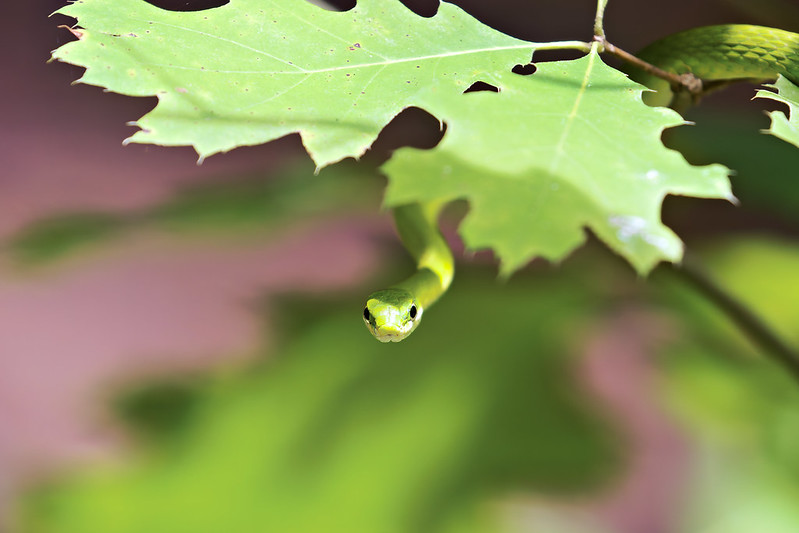Shooting wildlife in the summer heat isn’t easy. The light turns harsh, the air shimmers, and most animals slow down. But that doesn’t mean the action stops. I just adjust.
Here’s how I approach summer heat wildlife photography while protecting myself, my gear, and the wildlife.
How Summer Heat Changes Wildlife Behavior

Heat shifts how animals move and feed:
- Most are active at dawn.
- They stay close to shade and water.
- Movement slows, but tension often rises during dry spells.
Heat haze can blur distant subjects. I explain more about this in How to Manage Heat Haze in Wildlife Photography. High temperatures also risk overheating my camera gear if I’m not careful.
When and Where I Shoot in the Heat

I start early. Most days I’m in place before sunrise.
- I choose shaded edges, tree lines, or water sources.
- If I shoot after sunrise, I stay low and look for shadow patterns.
- Evenings work well too. Light softens again, and animals often return to feed.
I avoid shooting over hot gravel or dry grass fields, those areas shimmer and ruin detail.
Camera Settings for Summer Heat Wildlife Photography
To deal with heat, I keep settings flexible:
- Shutter speed: 1/800 or faster
- Aperture: f/5.6 to f/8 for sharper edges
- ISO: Usually 800 – 3200 in low contrast light
A few more tips:
- I shoot in short bursts, not long sequences.
- I always use a lens hood to reduce glare.
- Back-button focus helps me lock quickly.
- I skip teleconverters on hot days, they exaggerate shimmer.
Framing and Editing in Summer Conditions

I avoid framing too tight, heat can blur fine edges.
- I use tree trunks, rocks, or waterlines for contrast and depth.
- Letting animals stay in the shade adds texture and mood.
- I avoid long-distance shots when the heat rises.
In post-processing:
- I lower highlights.
- I gently raise shadows.
- I skip sharpening if the shot is already soft from heat distortion.
Staying Safe and Respectful
Hot weather stresses wildlife quickly. I stay alert:
- If an animal pants or looks stressed, I move on.
- I never follow one into open sun.
- If I’m noticed, I quietly leave the area.
For gear and personal safety:
- I park in shade when shooting from the truck.
- I don’t leave gear in direct sun.
- I take regular breaks and stay hydrated.
Final Thoughts
Summer heat wildlife photography takes patience and a flexible mindset. I don’t chase every shot. I go early, adjust my setup, and avoid situations where heat will ruin the result. With soft light and a calm approach, even the hottest mornings can bring quiet, powerful moments of wildlife at rest.
